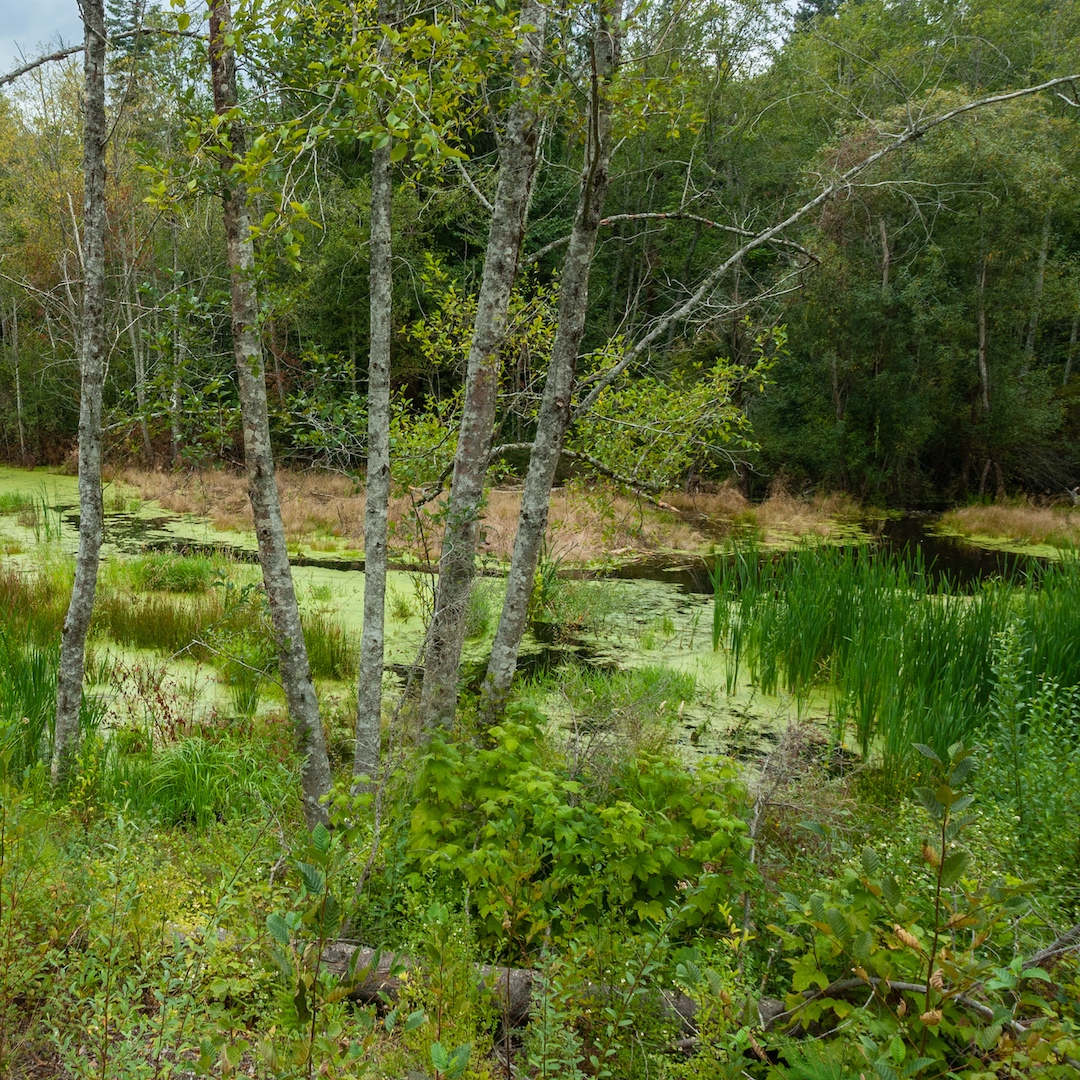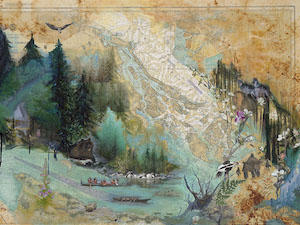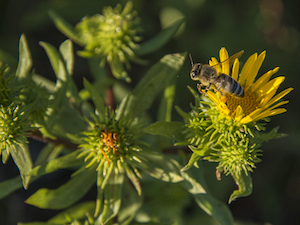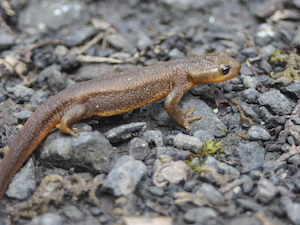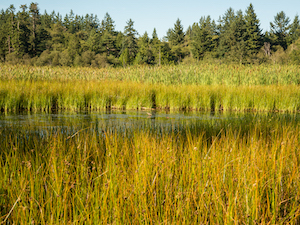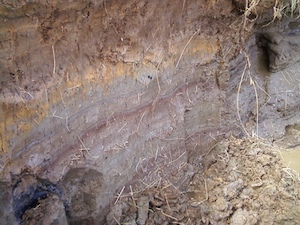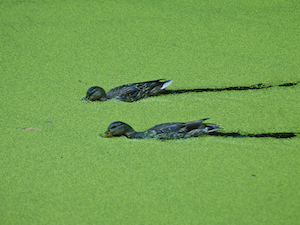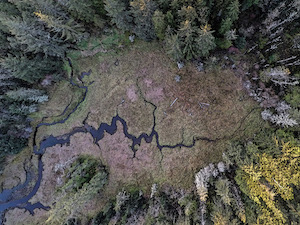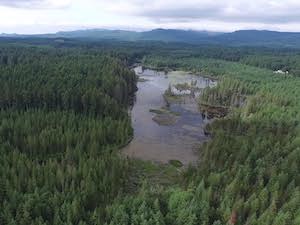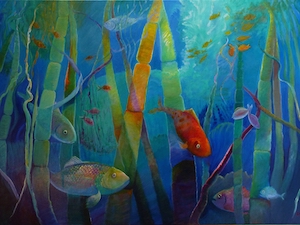THE IMPORTANCE OF WETLANDS
by Josh Wozniak, Autumn 2020
Photographs by John F. Williams
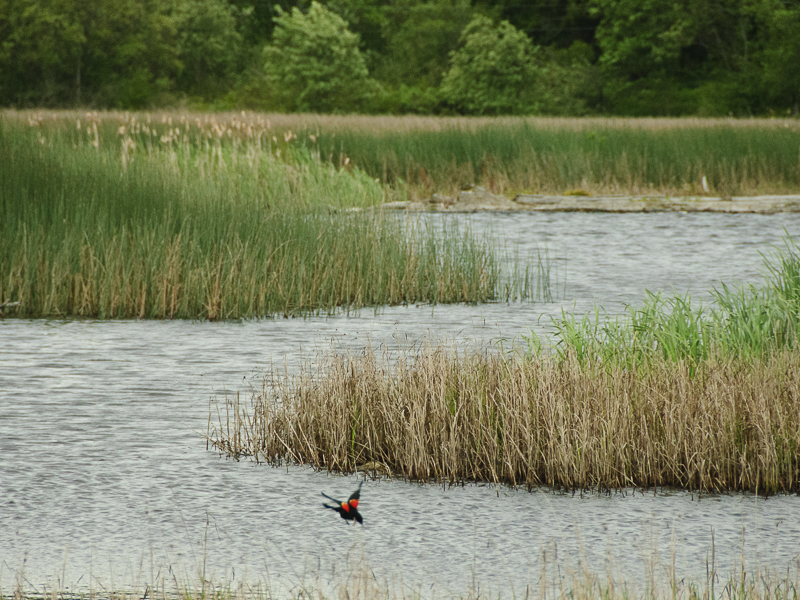
THE IMPORTANCE OF WETLANDS
by Josh Wozniak, Summer 2020
Photographs by John F. Williams
Taking many forms, wetlands are natural features of the landscape that provide crucial functions for both nature and humankind. We benefit directly from some of these functions:
- absorbing rainwater that would otherwise cause flooding;
- cleaning pollutants from water that runs off pavement, and absorbing nutrients from yards, farms and septic systems.
- providing vital habitat for a variety of wildlife, both plants and animals.
what does a wetland look like?
Some wetlands are large deep basins with the capacity to store vast amounts of rainwater. That water might be discharged slowly to an outlet stream, or infiltrate the ground, recharging underground reservoirs. Many wetlands do both, resulting in baseflows to streams and cold, clean groundwater.
Some wetlands are brushy or forested corridors along streams that slow down floodwaters, allowing sediments to deposit. These wetlands help maintain the vitality of streams by connecting them to their floodplains and allowing the processes of erosion and deposition to result in spawning gravels, sand bars, and other essential habitats.
Estuarine wetlands are broad flats where rivers meet the sea. They form deltas filled with sea grasses, and a network of channels. These wetlands experience flooding by salt and freshwater with dynamic cycles throughout the year.
 For more information and photos about the different types of wetlands, see the article From Swamps and Bogs to Marshes and Meadows
For more information and photos about the different types of wetlands, see the article From Swamps and Bogs to Marshes and Meadows
don’t drain that swamp!
Each of these wetland types has habitat features for wildlife, based on the period of time during which a wetland is covered by water, vegetation condition, and connections to other habitats. The large deep basin wetland may provide good amphibian and/or fish breeding habitats if the water is there at the right time and the plants provide suitable niches.

Graphic by Adelia Ritchie
The brushy riverine wetland might provide resting, feeding and refuge habitat for juvenile fish, as well as leaf litter and sediment management that support aquatic macroinvertebrates, a key part of the food web for juvenile and adult fish. Estuaries provide extraordinary migratory and resident bird habitat, as well as rearing habitat for many species of fish, forming a transition zone between freshwater and seawater worlds.
An invertebrate is the term used for a creature lacking a backbone. Macroinvertebrates are tiny but still visible to the naked eye. Microinvertebrates can only be seen through a microscope. These creatures include arthropods (insects, mites, scuds and crayfish), mollusks (snails, limpets, mussels and clams), annelids (segmented worms), nematodes (roundworms), and platyhelminthes (flatworms).
Little Stream
by Dawn Jarvela Henthorn, 2019
Your quiet trickle
moves over soft ground from
a still-water-puddle of a pool.
Gravity pulls you forward, down,
over shale rock steps,
tumbling onward,
passing through dark Sitka spruce
woods dressed in thick, downey moss
out into grey skies, mist—
then sunshine.
Onward down the hillside
sharing this stream with
living creatures—
sticklebacks,
dazzling blue dragonflies,
long-legged waterskippers—
until this little stream,
protected and safe in its edges,
dumps out into
dark waters of the lake—
unique no more,
melded with the whole.
The landscape around wetlands also affects their functions. Wetlands surrounded by parking lots do heavy lifting in managing both stormwater and filtration. However, if the wetlands overflow during storm events, unfiltered pollutants such as oil and other debris can flow directly into the secondary water outlets, reducing habitat quality for fish or amphibians. Wetlands connected with vegetated corridors to other wetlands or undeveloped uplands provide migration corridors for wildlife and habitats to support multiple life stages. For example, the western toad that hatches and grows in the wetland matures and migrates to forage in the upland woods, returning to breed in the wetlands the next season. This process is supported by intact vegetated corridors but impaired by road crossings and other developments that interrupt these corridors. Culverts and other passage barriers limit these connections for fish.
Understanding these functions and connections helps planners, developers and government watchdogs make prudent decisions that protect these invaluable wetland functions and allow the wetlands to continue to support essential wildlife habitats and the benefits they naturally provide to life as we know it.

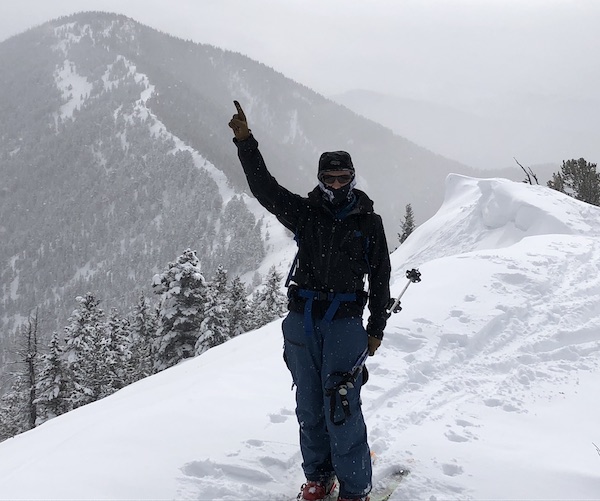
Josh is a professional wetland scientist with 25 years experience in the Pacific Northwest. He leads the Puget Sound Operations Environmental Sciences group at Parametrix, an engineering and scientific consulting company. Josh is a graduate of the Wetland Science and Management Program at University of Washington, Seattle (class of ’99, yo!) and continues to engage with that program by mentoring students. He is on the board of the Washington Lake Protection Association and President of the PNW Chapter of SWS. He also volunteers as a rare plant monitor for UW and NPS, and diver for the Seattle Aquarium. Free time is spent mostly skiing, hiking to skiing, hiking to rare plants, collecting mushrooms, and eating a hearty meal after a long day of the above.
Table of Contents, Issue #9, Autumn 2020
From Swamps and Bogs …
by Sara & Thomas Noland, Autumn 2020 Photos by Thomas Noland except as notedby Sara & Thomas Noland, Summer 2020 Photos by Thomas Noland except as notedWetlands are part of our landscape here in the lowlands near the Salish Sea. Anyone who’s walked around in a...
Issue 9 Art Poetry
Autumn 2020Juan de Fuca painting by Melissa McCannaJuan de Fuca painting by Melissa McCannaSummer 2020Going Home, painting by Julia MillerComing Home by Dawn Henthorn Salmon come home home to the Elwha. Bit by bit of rubble two feet at a time, the dams were removed,...
Salt Marshes
by Ron Hirschi, Autumn 2020Gumweed photo by John F. WilliamsGumweed photo by John F. Williamsby Ron Hirschi, Autumn 2020I’ve enjoyed, studied, mapped, and tried to protect wet places for pretty much my entire life. So, I thought I’d take the opportunity to share some...
Newts: Wetland Magicians
by Sharon & Paul Pegany, Autumn 2020 Photos by Sharon Pegany except as notedby Sharon & Paul Pegany, Summer 2020 Photos by Sharon Pegany, except as noted. Did I just see what I think I saw? I had to do a double take while exploring the edge of a local pond...
Healthy Wetlands
by Curt Hart and Marcus Humberg, Autumn 2020Wetland at Point No Point, photo by John F. WilliamsWetland at Point No Point, photo by John F. Williamsby Curt Hart and Marcus Humberg, Summer 2020For the 4.2 million residents in and around Puget Sound, there is a good...
Earthquakes and Tsunamis
by Carrie Garrison-Laney and Ian Miller Autumn 2020 A photo of sediments in the coastal marsh near the mouth of Salt Creek on the Strait of Juan de Fuca, showing distinct bands of different colors and textures. Photo by Ian Miller.A photo of sediments in the coastal...
10 Things About Duckweed
by Adelia Ritchie, Autumn 2020 Photos by John F. Williams, except as notedby Adelia Ritchie, Summer 2020 Photos by John F. Williams, except as noted1. Duckweed grows in dense colonies in quiet water that is undisturbed by wave action. We try to avoid insulting still...
Carpenter Creek Salt Marsh
by Melissa Fleming & Terry Pereida, Autumn 2020 Photos by Terry Pereida, except as notedSalt marsh with the main channel running down the middle. Photo by Tom TwiggSalt marsh with the main channel running down the middle. Photo by Tom Twiggby Melissa Fleming &...
Wetland Basics
Frank Stricklin, Autumn 2020 Photos by John F. Williams except as notedThis large wetland in Newberry Hill Heritage Park is listed by the State of Washington as a “wetland of significant conservation value.” It contains many species of aquatic plants, and some...
Blue Carbon
by Adelia Ritchie, Autumn 2020Underwater Rainbow, painting by Julia MillerUnderwater Rainbow, painting by Julia Millerby Adelia Ritchie, Summer 2020As you’ll see everywhere else in this issue, a wetland system isn’t just another lovely place for a nature walk. Wetland...
PLEASE HELP SUPPORT
SALISH MAGAZINE
DONATE
Salish Magazine contains no advertising and is free. Your donation is one big way you can help us inspire people with stories about things that they can see outdoors in our Salish Sea region.
We also don't advertise Salish Magazine, so please spread the word of this online resource to your friends and colleagues.
Thanks so much for your interest and your support.
We also don't advertise Salish Magazine, so please spread the word of this online resource to your friends and colleagues.
Thanks so much for your interest and your support.

